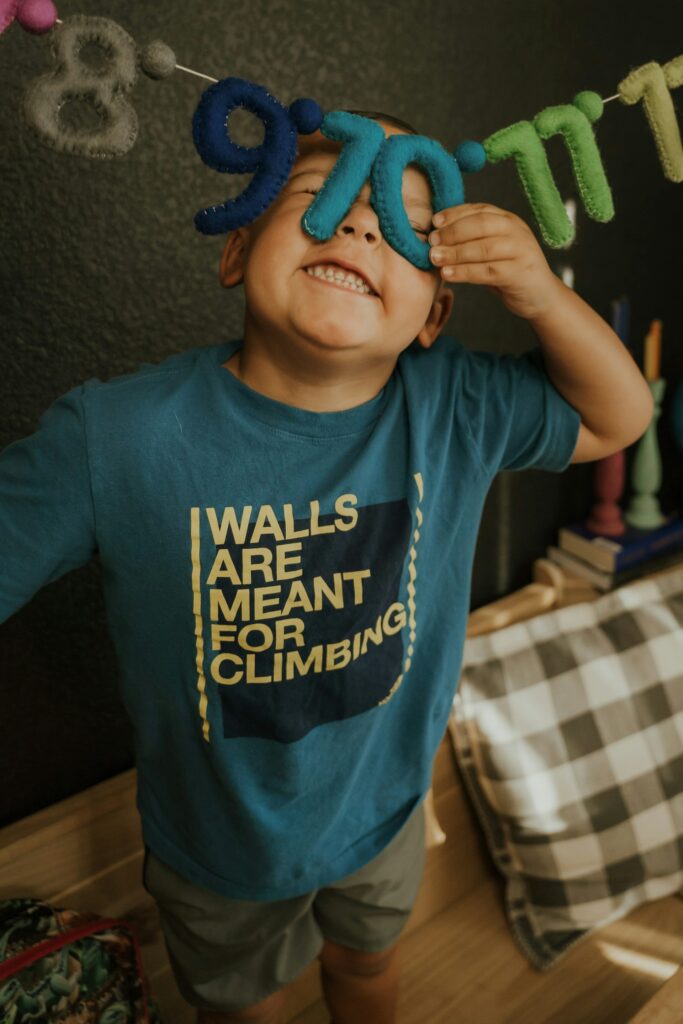By the end of first grade, we aim to have your child meeting or exceeding California State Standards (CSS). Each section lists some of the goals, as the state has high expectations for education and there are pages worth of standards. I decided to keep it simple here and focus only on a few. Right now, these are direct quotations from the CSS, but I hope to summarize them in the future.
English Language Arts
- Know and apply grade-level phonics and word analysis skills in decoding words both in isolation and in text. Demonstrate command of the conventions of standard English grammar and usage when writing or speaking.
- Retell stories, including key details, and demonstrate understanding of their central message or lesson.
- Explain major differences between books that tell stories and books that give information (fiction vs non-fiction), drawing on a wide reading of a range of text types.
- Write opinion pieces in which they introduce the topic or name the book they are writing about, state an opinion, supply a reason for the opinion, and provide some sense of closure.
Math
In grade 1, instructional time should focus on four critical areas: (1) developing understanding of addition, subtraction, and strategies for addition and subtraction within 20; (2) developing understanding of whole number relationships and place value, including grouping in tens and ones; (3) developing understanding of linear measurement and measuring lengths as iterating length units; and (4) reasoning about attributes of, and composing and decomposing geometric shapes.
Social Science
Students in grade one continue a more detailed treatment of the broad concepts of rights and responsibilities in the contemporary world. The classroom serves as a micro cosm of society in which decisions are made with respect for individual responsibility, for other people, and for the rules by which we all must live: fair play, good sportsman ship, and respect for the rights and opinions of others. Students examine the geographic and economic aspects of life in their own neighborhoods and compare them to those of people long ago. Students explore the varied backgrounds of American citizens and learn about the symbols, icons, and songs that reflect our common heritage.
Science
- Make observations to construct an evidence-based account that young plants and animals are like, but not exactly like, their parents.
- Use materials to design a solution to a human problem by mimicking how plants and/or animals use their external parts to help them survive, grow, and meet their needs.
- Use observations of the sun, moon, and stars to describe patterns that can be predicted.
- Plan and conduct investigations to provide evidence that vibrating materials can make sound and that sound can make materials vibrate.
- Make observations to construct an evidence-based account that objects in darkness can be seen only when illuminated.
- Plan and conduct an investigation to determine the effect of placing objects made with different materials in the path of a beam of light.
